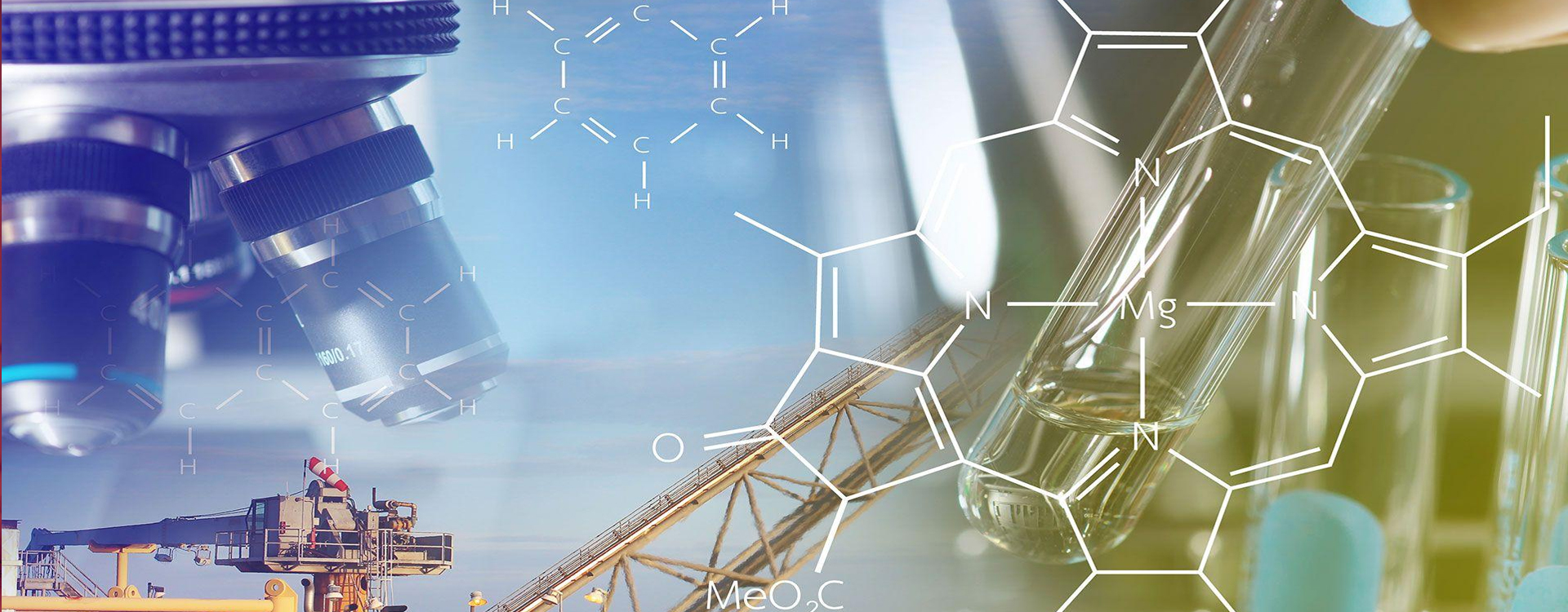Seminar Details
Co-pyrolysis can be an effective method of converting biomass to bioenergy and biorefinery products. Co-pyrolysis of biomass with coal has become an attractive alternative because it reduces the process's carbon footprint and increases oil yields and quality. During co-pyrolysis, biomass-generated hydrogen stabilizes the radicals produced during coal pyrolysis, improving oil quality. The biochar obtained from co-pyrolysis also can be utilized along with coal in thermal power plants if it meets the required standards. However, the ash resulting from the co-pyrolysis of biomass and coal has significant amounts of alkali and alkaline earth metals, making the ash unsuitable for fly ash brick manufacturing. Pretreating the biomass before co-pyrolysis can reduce the alkali and alkaline earth metals in the ash and the degree of cellulose polymerization. Pretreated biomass improves reactivity and reduces emissions of harmful gases. Various pretreatment methods include acid, alkali, water washing, torrefaction, microwave, and hydrothermal treatment. Most of the literature reported only the effect of torrefied biomass on the co-pyrolysis products. Further research is required on other pretreatment effects on co-pyrolysis products. Acid pretreatment can also remove potassium, sodium, phosphorus, magnesium, iron, and aluminum from agricultural residue and reduce ash content.
In this present study, there different biomasses like Aeglemarmelos (Bhel fruit), Ocimumtenuiflorum (Thulasi), and Artocarpus heterophyllus (Jack Fruit) were co-pyrolyzed with bituminous coal. The thermal-degradation kinetics were assessed by thermogravimetric analysis (TGA) in evaluating the activation energy (Ea) and the thermodynamics parameters (&DeltaH°, &DeltaG°, and &DeltaS°). Different ratios of biomasses were blended with coal to analyze the synergetic effect on the co-pyrolysis products. This research work aims to study the effects of temperature and pretreatment of biomass on the co-pyrolysis products of biomass and coal. Fast pyrolysis of the selected biomass sources was conducted in a semi-batch reactor at three different temperatures (450, 500, and 550°C) to produce various pyrolysis products, including bio-oil, non-condensable gases, and biochar. The temperature notably influenced the polymeric transitions of the pyrolysis products. The morphology of the hardwood biochar was significantly influenced by temperature. The number of pores and pore sizes in the biochar increased with pyrolysis temperature for both hardwood and softwood.


